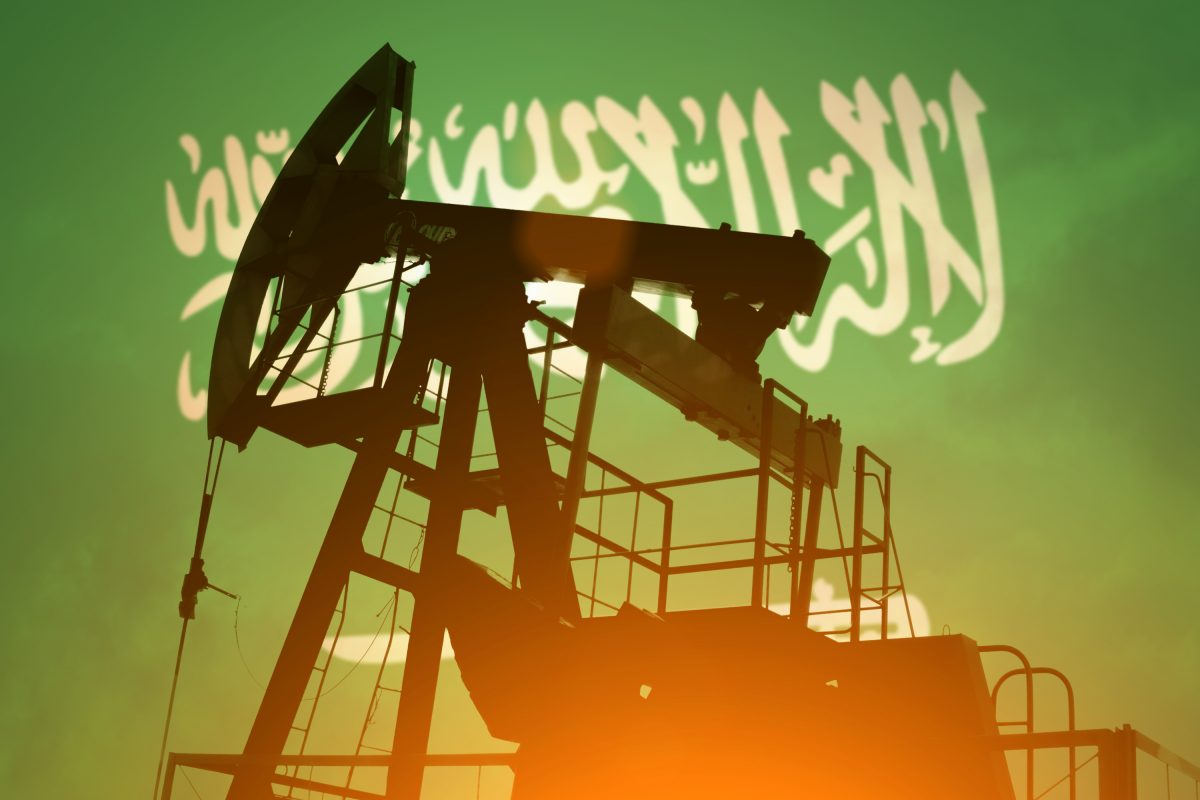Saudi Arabia is on track to become the fastest-growing economy in 2022, surpassing growth levels of Asian giants like China, India, and other struggling economies in Western Europe and North America, according to a recent report.
The report — published in Economist Intelligence — suggested that the GDP of the Kingdom is expected to witness its fastest growth rate since 2011 primarily driven by higher energy prices and rising oil and gas production. Demand for Saudi crude is also rising due in large part to the Ukraine conflict as western countries seek alternative supplies and reduce Moscow’s oil revenue.
Saudi Arabia’s current account balance in 2022 is likely to witness a surplus of about $163 billion, up from $44 billion in 2021.

Saudi Aramco announced record profits, higher production
Saudi Arabia’s state-owned oil giant last month posted the biggest quarterly adjusted profit of any listed company globally, driven by high crude prices and production.
The company’s net income rose to $48.4 billion in the second quarter, up from $25.5 billion a year earlier, the state-controlled company reported. Its free cash flow rose by 53% from a year earlier to $34.6 billion.
The company is using the windfall to reduce debt and invest in a huge expansion of its production capacity. Aramco is betting that demand for its oil and chemicals will remain high even as the world looks to transition away from fossil fuels.
Saudi oil giant Aramco announced last month that it plans to raise its sustainable production capacity to 12.3 million b/d by 2025 as the world’s largest oil-exporting company accelerates plans to bring additional output to market to meet the needs of global consumers, Aramco’s CEO Amin Nasser said.
“It is going come gradually in 2024. I mean limited increase but in 2025, we should go to 12.3 million b/d and in 2026, we should go to 12.7 million b/d before reaching 13 million b/d by 2027,” Nasser noted.
Speaking at a global conference recently, Nasser called for more investments in oil and gas, adding that he is “seriously concerned” about the current state of energy markets.
As Europe continues to face the worst energy crisis in decades, Nasser said continued underinvestment in the hydrocarbons sector at a time when alternatives to fossil fuels were still not readily available was among the root causes of the problem.

Saudi Arabia’s renewable energy expansion
The Kingdom is advancing several initiatives aimed at helping the country meet its 2060 net zero emissions target that the nation set in October 2021. Progress is being made on landmark projects such as the Neom green hydrogen plant and large-scale renewables developments, while the introduction of nuclear power to the energy mix remains on the agenda.
Saudi Arabia has announced it’s intention to double the capacity amount in renewables tenders this year and in 2023, targeting faster growth in mostly solar and wind projects in the Middle East, S&P reported in July.
Saudi Arabia’s current online renewable energy capacity as tendered by the renewable energy program is 700 MW, the energy ministry told S&P Global Commodity Insights. The online capacity figure is expected to increase “sharply” over the next few years as projects with a total capacity of 7.1 GW have been tendered to the market and are currently in various stages of completion, it said.
Additionally, Saudi Aramco’s plan to invest in 12,000MW of renewable energy by 2030 entails investing in the kingdom’s national renewable energy programme as well as through affiliate investments in renewables and the purchase of renewable energy certificates.





